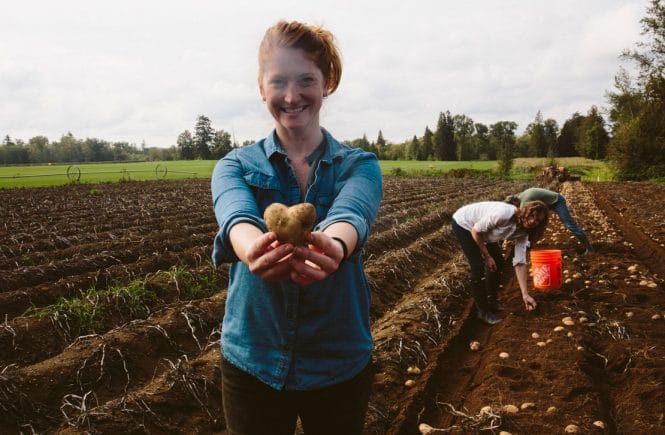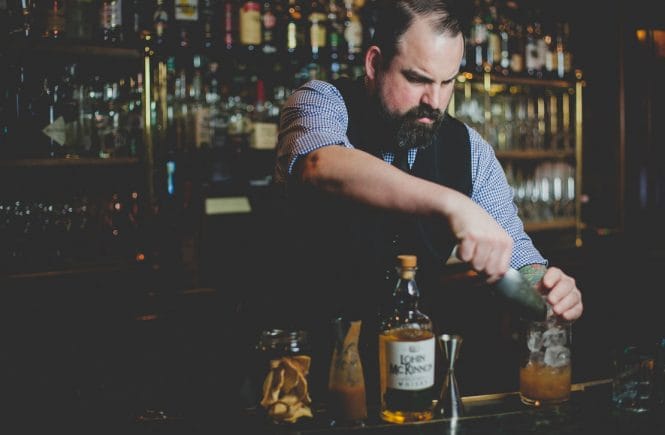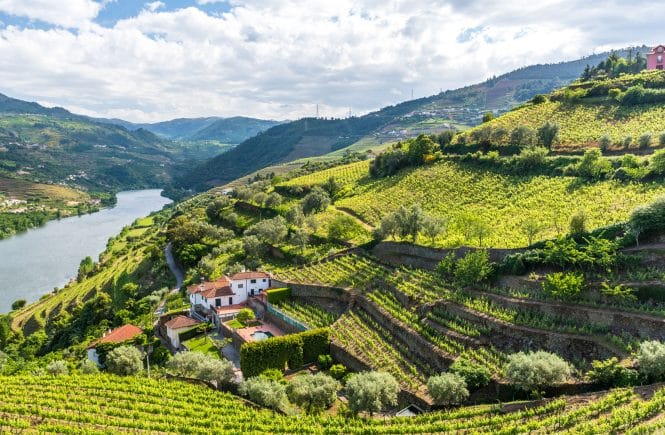Maple Leaf Spirits turns fallen fruit into liqueur
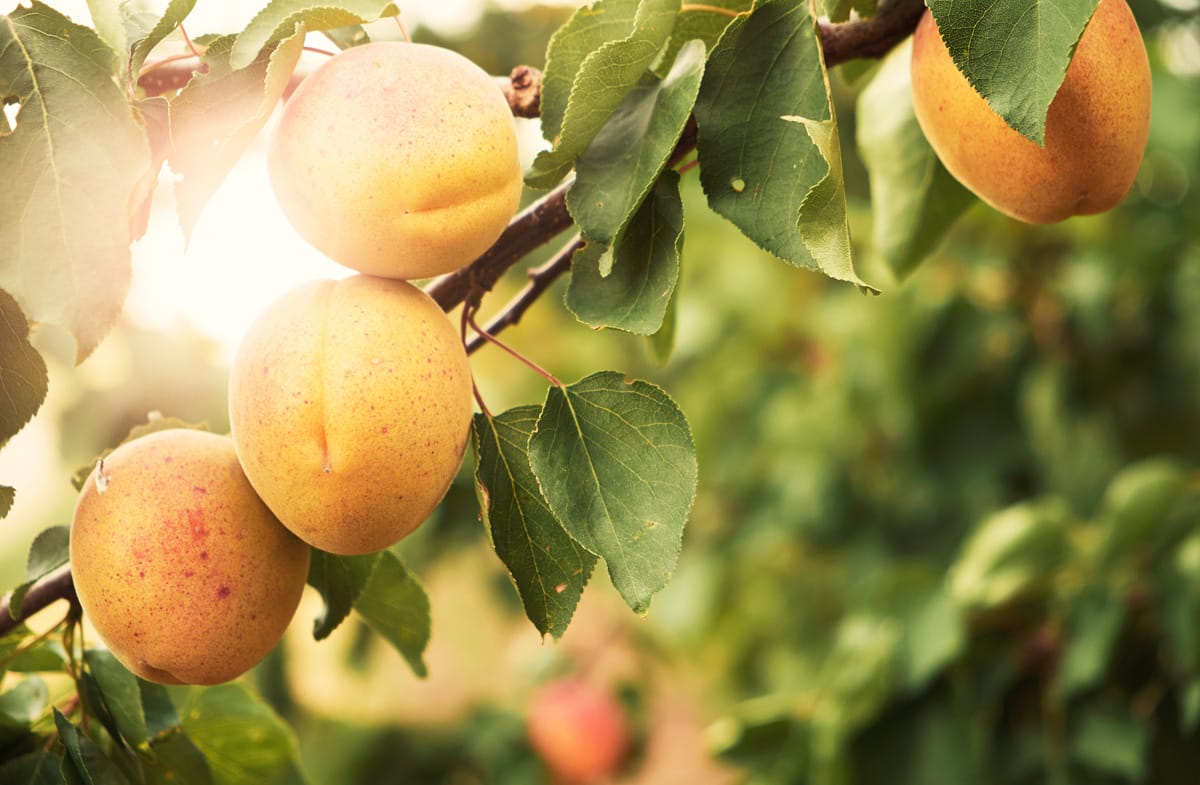
Do you want to see the only way to shoot a bird?” asks Jorg Engel, owner of Maple Leaf Spirits, soon after we meet at his Okanagan distillery. I’m there with my daughter, Maya, and Engel is showing us the birds and chickens in the enclosure next to his tasting room.
I stare and my daughter’s eyes bug. Engel has a small green bird sitting on his finger and I’m wondering if I should cover Maya’s eyes. “Watch this,” he says, smiling gently. Without further ado, he cocks his finger like a gun at the little bird and quietly says, “Bam!” The bird swings and hangs upside down from Engel’s finger. A brief second of silence and then we burst into (slightly relieved) laughter. The bird is right side up again and chirping happily, obviously in on the joke.
Engel and his wife Anette are gentle souls who moved to the Okanagan from Germany in 2001. They first opened the distillery in Penticton’s commercial district in 2005 and moved to the Naramata Bench in 2013, when the provincial licensing regulations changed to allow for the existence of craft distilleries — and for them to be located outside of an industrial zone. Maple Leaf is one of the oldest distilleries in Western Canada and was the first in the South Okanagan.
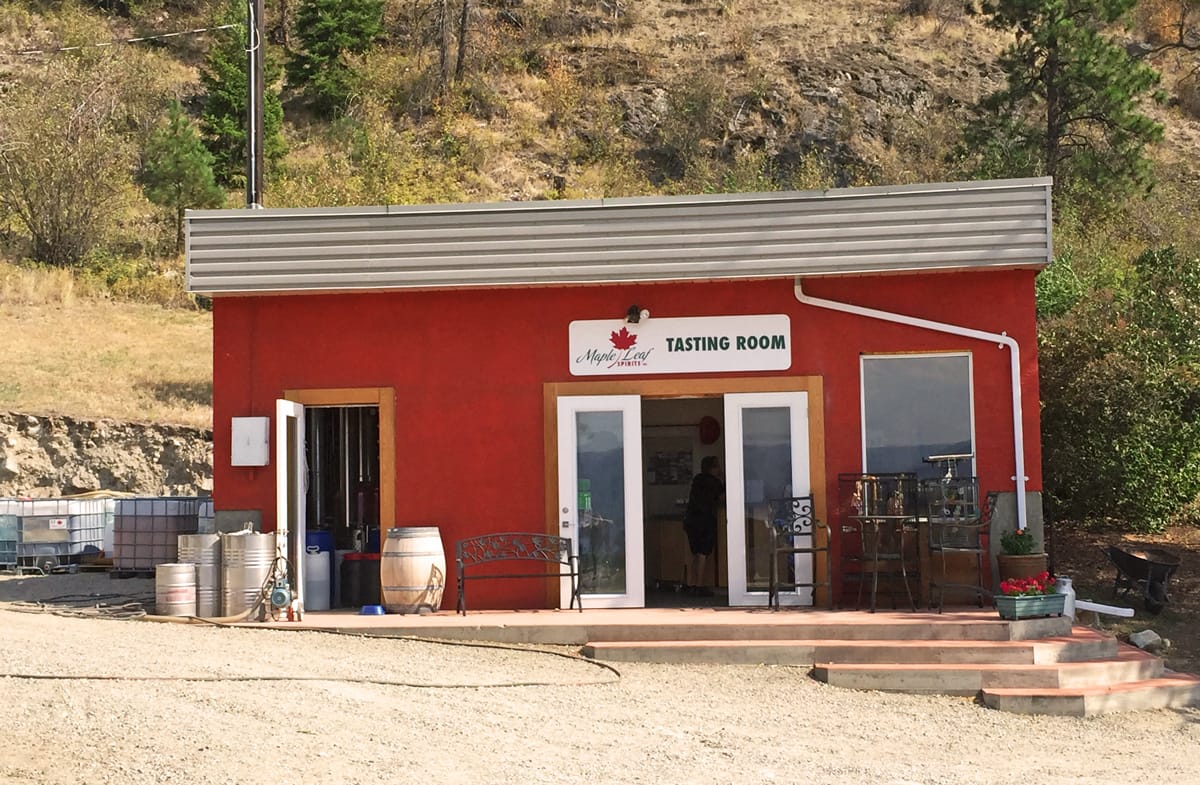
Unlike the majority of the province’s distilleries, however, Engel doesn’t make grain-based spirits. Instead, he distils from fruit — a conscious decision based on his knowledge of the valley.
I want to use up the seconds, the culled fruits. Whatever doesn’t make its way into the food chain.
“I was driving through the local orchards and saw fruit that had fallen from the trees lie rotting on the ground. It was good fruit, but maybe there was too much, or else it didn’t have that perfect look that exporters want,” explains Engel. “Back home, that would never happen. That was one of the main reasons why I started the distillery — to try to minimize all waste. I want to use up the seconds, the culled fruits. Whatever doesn’t make its way into the food chain.”
Even today, with so many orchards torn down to make way for the growing number of vineyards, Engel says supply is never an issue. “I get my cherries from one source, a local farmer with 5,000 trees. Every day I go and pick up one metric ton of cherries that were culled from ‘perfect’ fruit. Same with my pears. I get the pears that are too small for the export market. My first year I took 30 metric tonnes of pears and there were still another 90 metric tonnes left over to rot.”
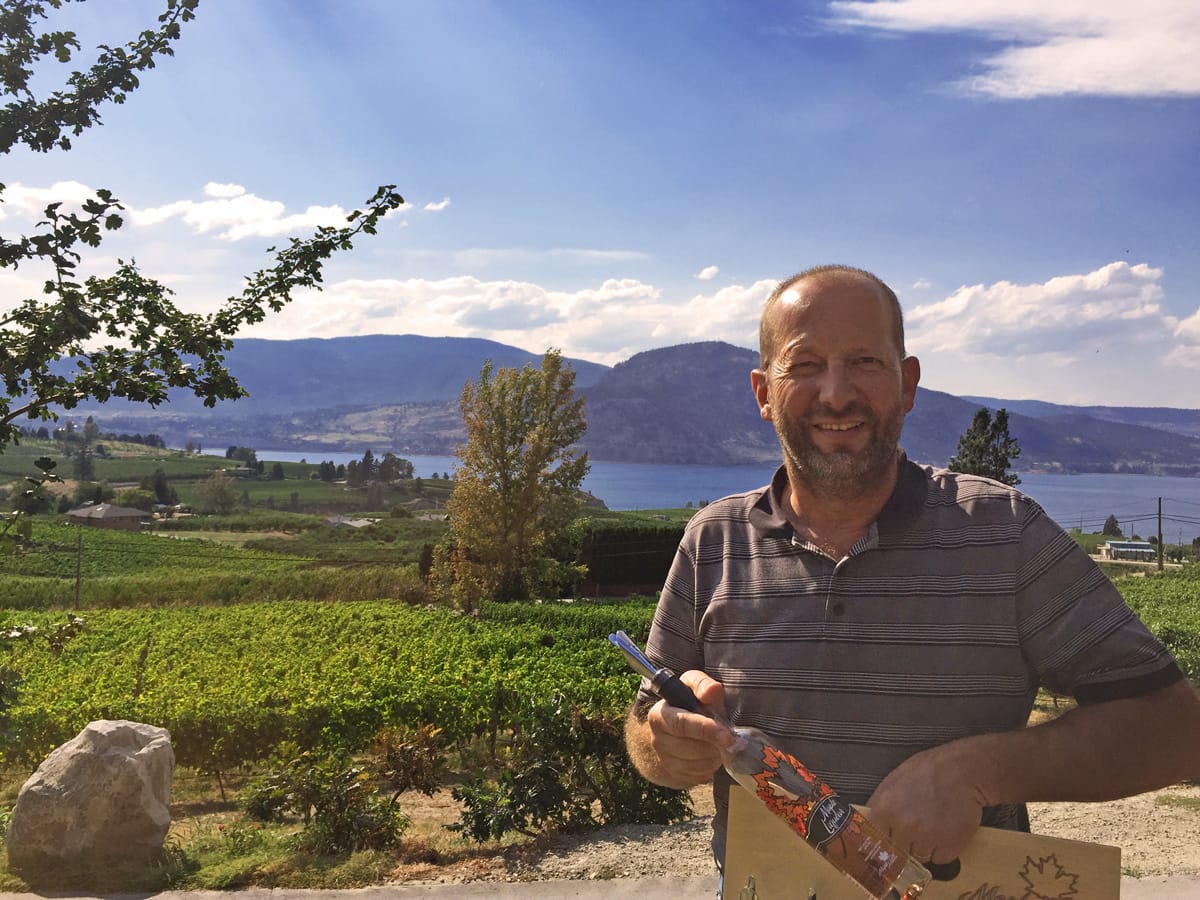
Two years ago, that desire to minimize waste led Engel to a long-abandoned apricot orchard. He found trees heavy with small, wrinkled fruits and, last year, turned them into his sold-out Apricot Liqueur. “We don’t have access to that orchard anymore,” he notes, regretfully. “So we’ll have to wait a while for another batch.”
As we sit outside the tasting room overlooking the bench, I take a sniff of the maple liqueur and note it’s not as sweet as I thought it would be. “It’s not supposed to be an ice wine,” laughs Engel, as he takes a little sip for himself. “I wanted the syrup to only show up at the end, to give a nice light finish to a more complex taste.”
He could just as well be describing himself.
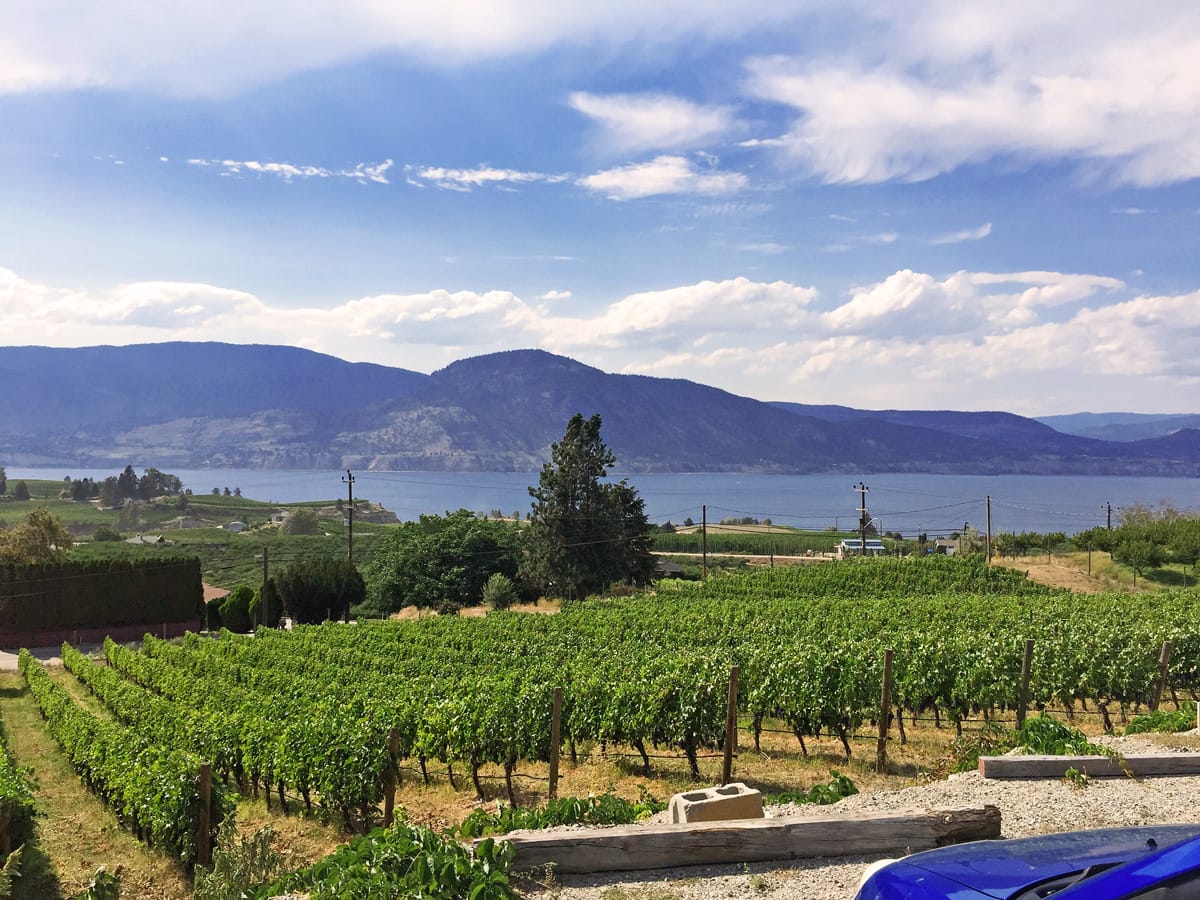
BASE LINES: Maple Leaf’s first — and still one of its most popular — spirit was the Canadian Kirsch, a cherry brandy with a deep nose and a clean, lightly sweet finish. It’s also the base for the distillery’s signature Maple Liqueur.
UNCASKED: This winter, Engel will release Lady of the Falls, a new Cognac-style spirit. He casked his own non-vintage Pinot Noir for six years, before distilling the wine into brandy.
—by Anya Levykh


